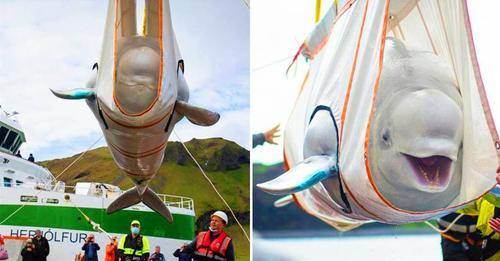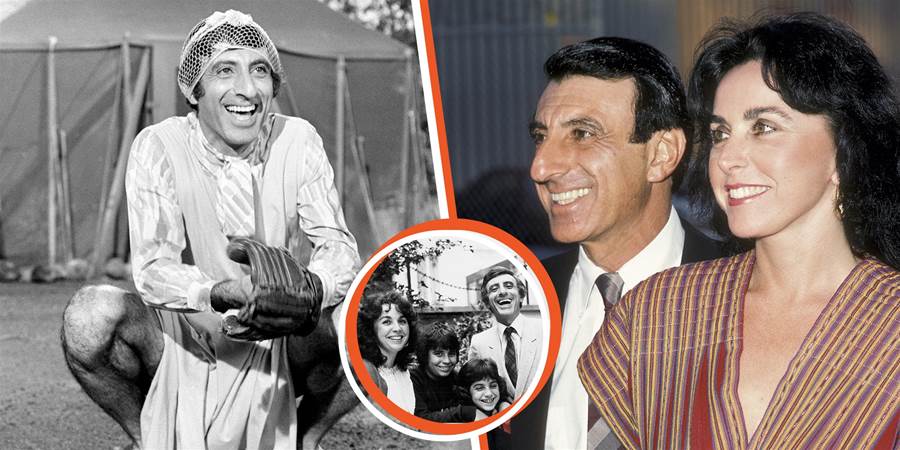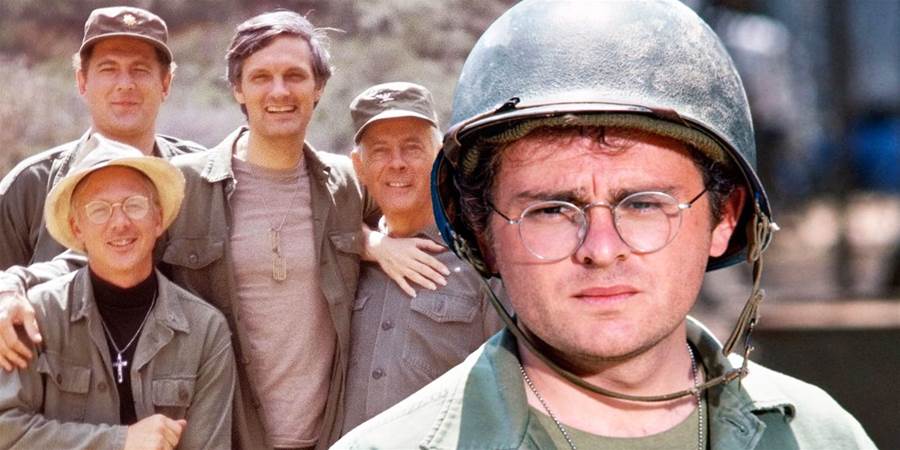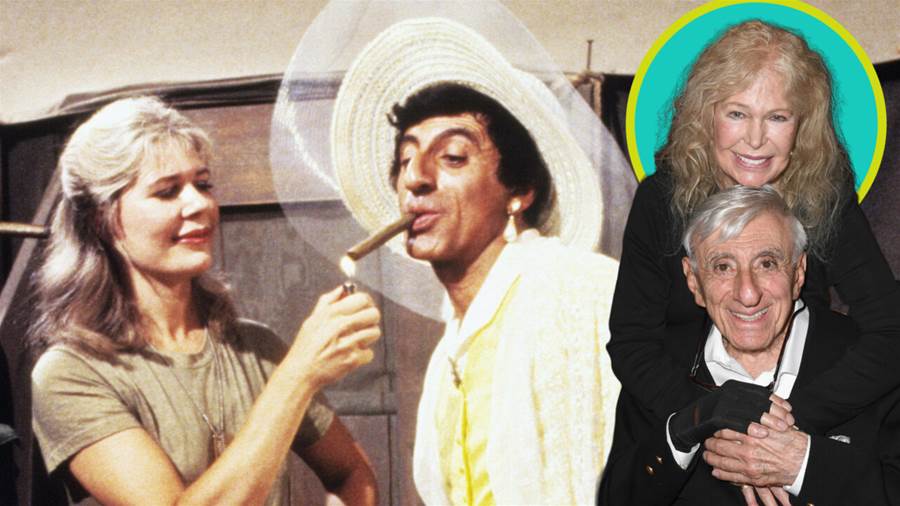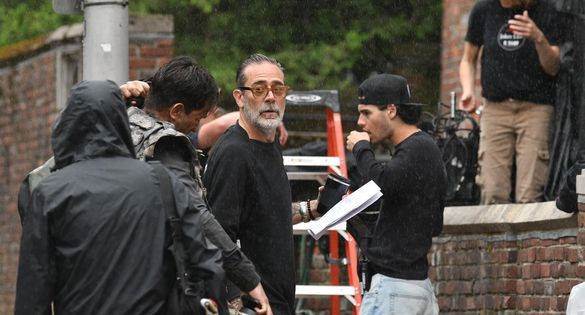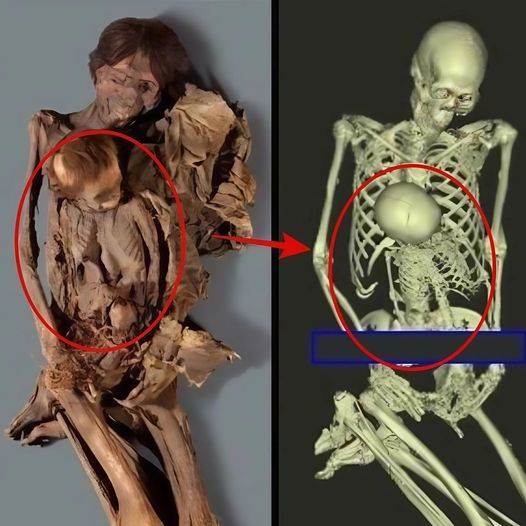
Crafted with intricate precision by the hands of time and history itself, a story as old as civilization was unveiled perhaps as a message. A perfect, purposeful design more complex than the penthouse of a high-rise or a sculptor's studio. It is the story of an ancient civilization, unsealed through an accidental finding of a mummy in the Southwest United States. This is the basketmaker's mummy, the incredible artifact that unlocks the key to a little-known people's past.
Archaeologists often stumble upon numerous artifacts that tell forgotten tales of earlier civilizations. One such significant discovery was that of the Basketmaker Mummy, an artifact that has revolutionized the historical understandings of early southwestern native civilizations in North America.
This exploration and archival revelation have shed a much brighter light onto the obscure melting pot that was the early American life.
The Basketmaker culture initially emerged around 1500 BC and extended until around AD 500. The name "Basketmaker" was coined by archaeologists due to the vast array of remarkably well-preserved baskets found at their sites. The Basketmaker Mummy, discovered in a cave in Utah during an excavation in late 1897, is a prominent figure of these people's life and death rituals.
The Mummy is unusually well preserved for its age, with skin and hair intact thanks to the dry conditions in the cave.
On close inspection, the archaeologists discovered that the process was far from natural and involved skilled human hands. The Mummy had been deliberately prepared with a form of primitive embalming, now considered the earliest known example from the American Southwest. Scientific analyses of the mummy have revealed that its diet was mainly vegetable-based, gathered from the local environment.
What makes this finding even more remarkable is the presence of a richly decorated burial basket found alongside him, providing further evidence of the basket-making prowess of this culture. This basket was crafted from willow and other plant materials and decorated with intricate geometric patterns; a form of expression to immortalize the mummy.
The Basketmaker Mummy and the burial basket add substantially to the understanding of the cultural and ritual traditions of the early Southwestern peoples. The primitive embalming technique shows a great care and respect for the dead, indicating a belief in an afterlife. The precision and detail in the construction of the burial basketreflecting the society's artistic skills and tradition of craftsmanship as well as providing tangible evidence of their social and economic life.
This archival revelation also invites a pertinent discussion about the continuity and change in Native American societies.
They were not isolated entities but had complex social networks, a detailed understanding of their environment, and the technology necessary to exploit it. These societies had an appreciation for artistry and aesthetics, revealing a culture which, while being hundreds of years old, was sophisticated and developed.
Contrary to the common notion that early American civilizations were simple hunting and gathering societies, the archaeological findings like the Basketmaker Mummy elicit a much comprehensive narrative. They were not mere survivors in the wild west; they were active shapers of their environment.
They crafted complex baskets and transformed their dead into beautifully preserved mummies, reflecting an understanding of science and a deep fascination and respect for life.
In conclusion, the Basketmaker Mummy is not just a historical artifact; it is a testament to a forgotten civilization's social evolution, technical prowess, and spiritual belief system. The unveiling of the Basketmaker Mummy forces us to rethink the simplistic narratives of early American life that have persisted far too long. It pushes us to view these earliest Americans not through our modern lenses but in their terms.
Every new archaic artifact unveiled opens up a new door to the past, a past filled with stories, traditions, and knowledge. The Basketmaker Mummy is such a door, a revelation to a vibrant history that challenges our perception that's based on flawed premises. Thus, such discoveries serve as the key to unlocking the intricate puzzle of understanding our early ancestors and their journey towards civilization.

